Our Research & Goals
Spotify has been revolutionizing the way that artists and consumers
interact with each other and with music. Although Spotify makes it easy
for a wide range of musicians to publish their work, considering user
preference algorithms, to what extent is online streaming profitable for
niche or independent artists? We found that it’s not as profitable as we
hypothesized. It’s important that consumers remain attentive to the changes
and consequences Spotify has in their everyday lives. Therefore, we
wanted to see if people knew the amount of power Spotify had in the music
marketplace. We also wanted to see how they interacted with the platform
and what demographics of people knew more or less information about Spotify.
137 people have taken our survey.
Link to survey.
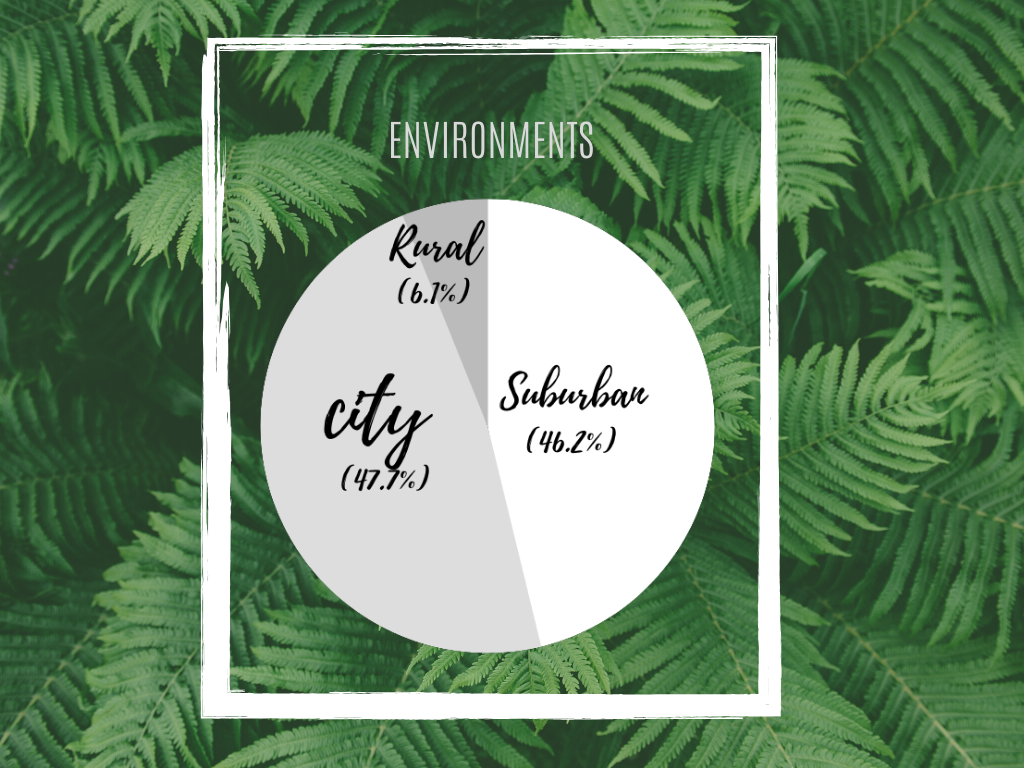


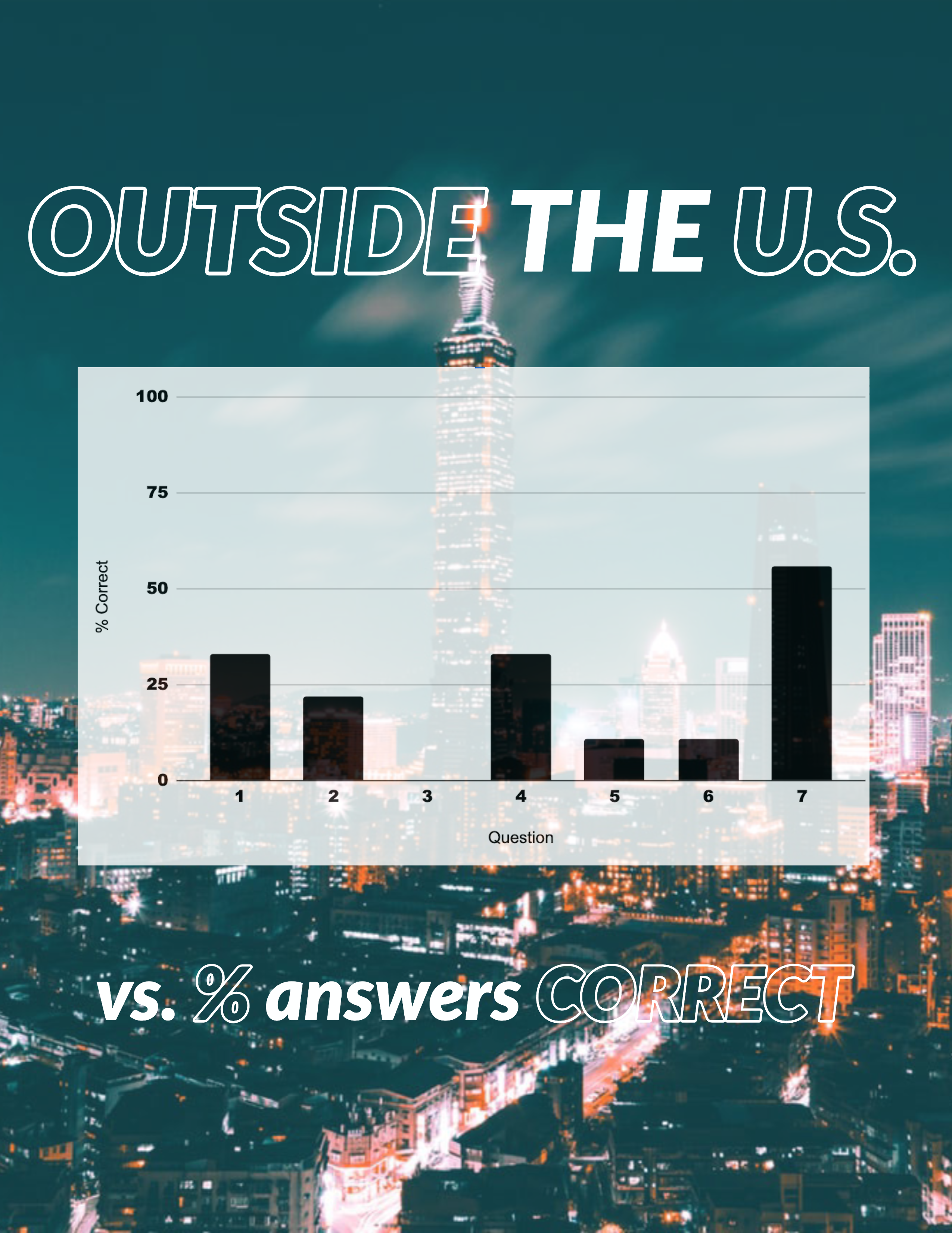

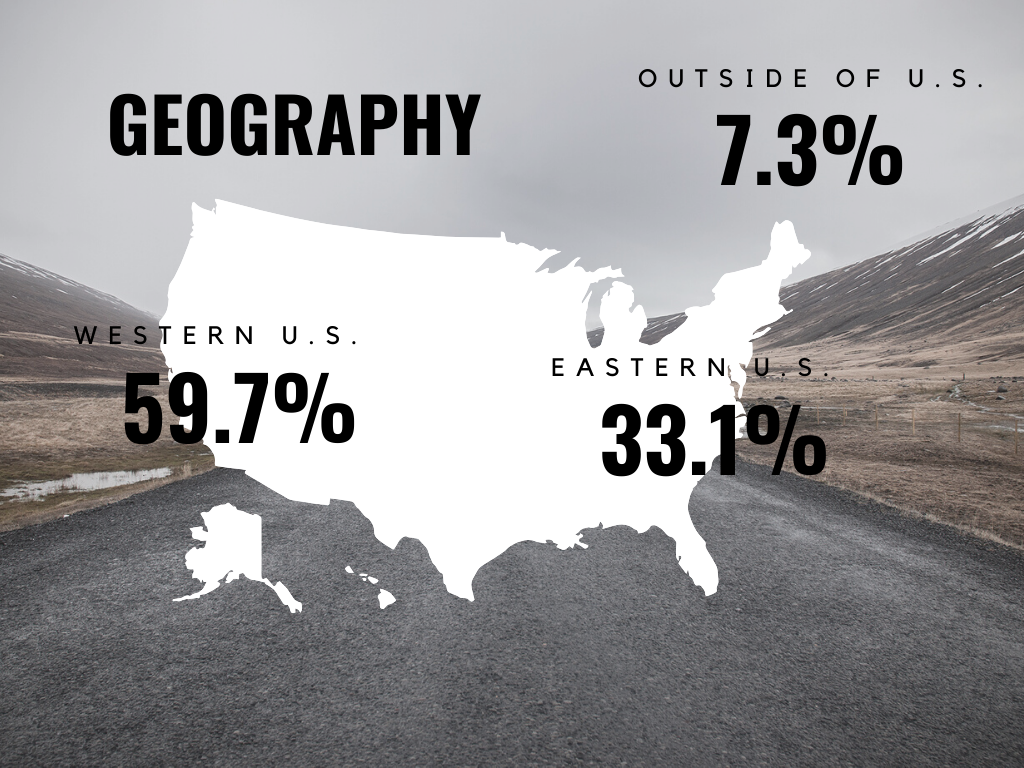
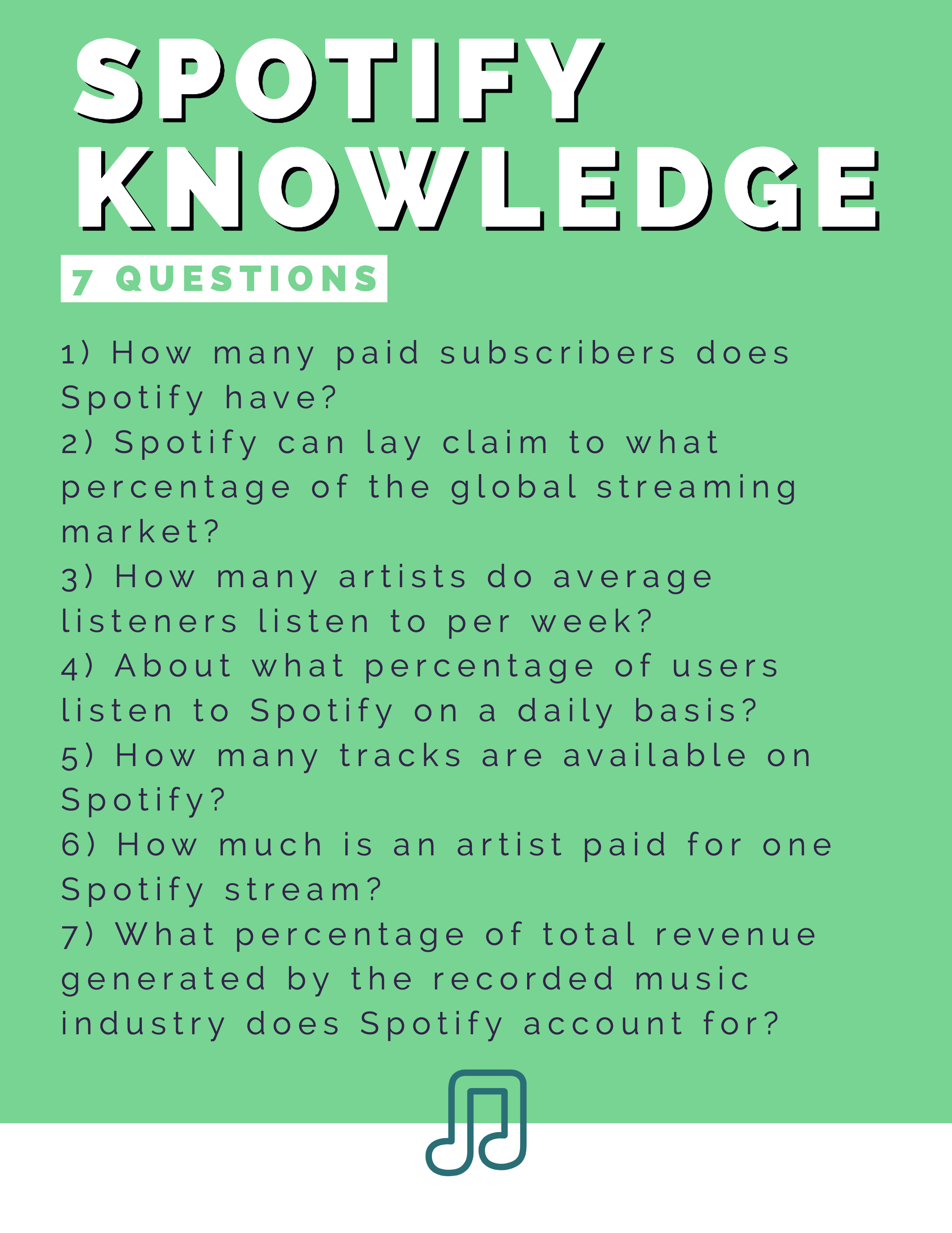
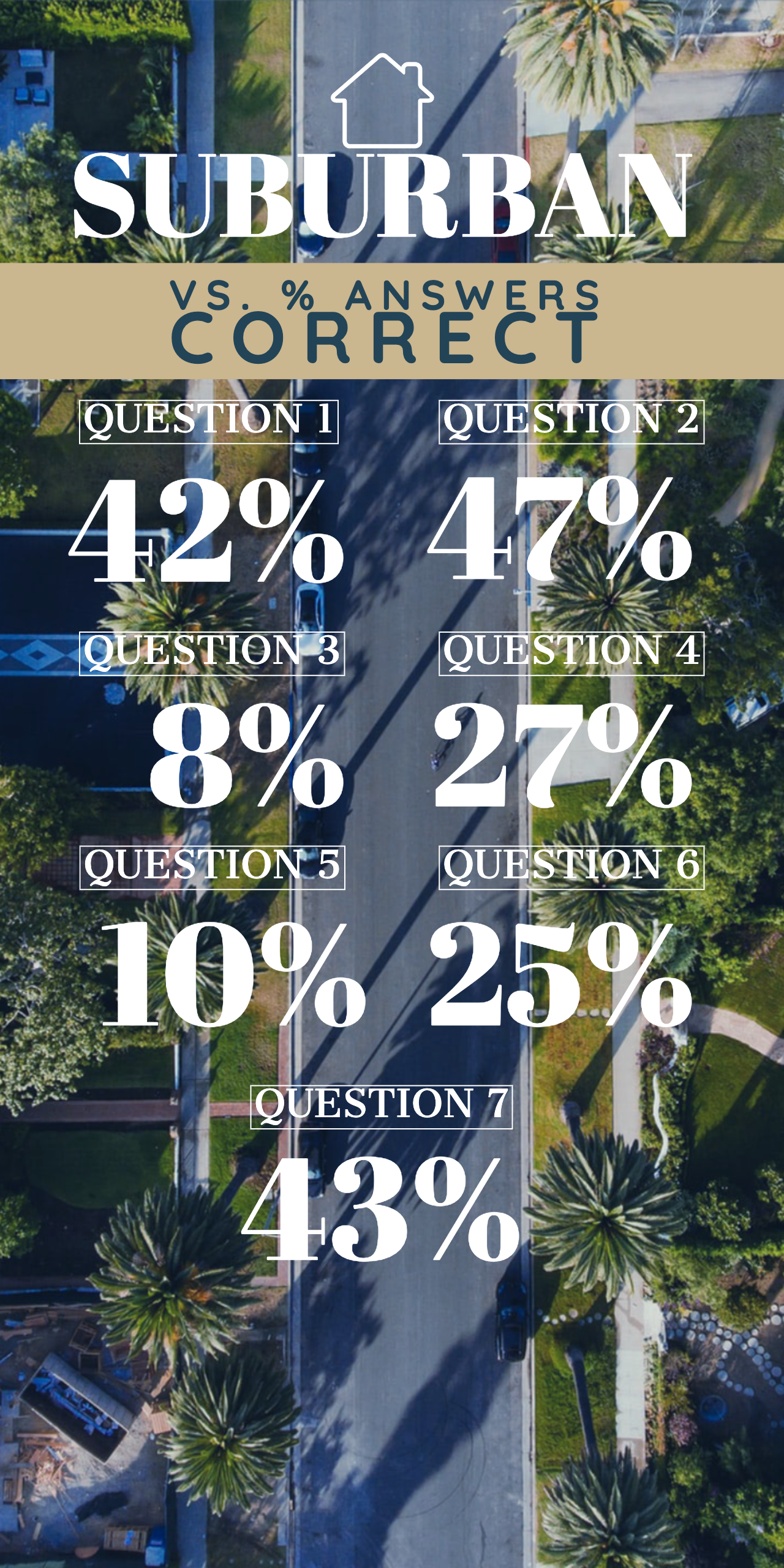


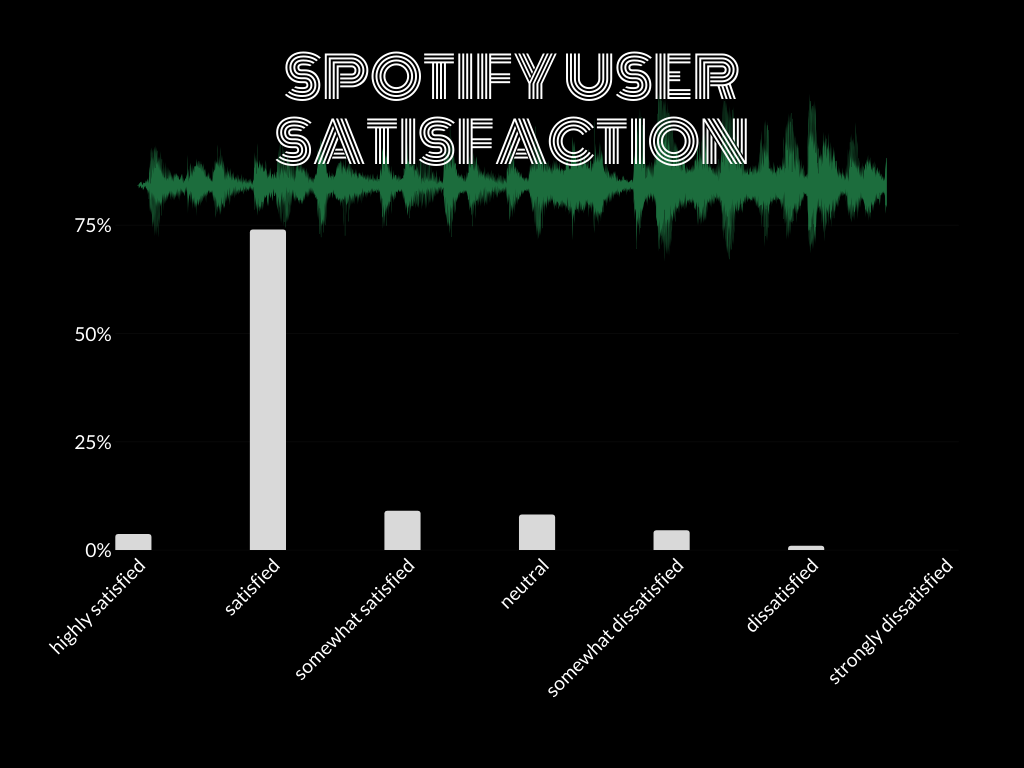
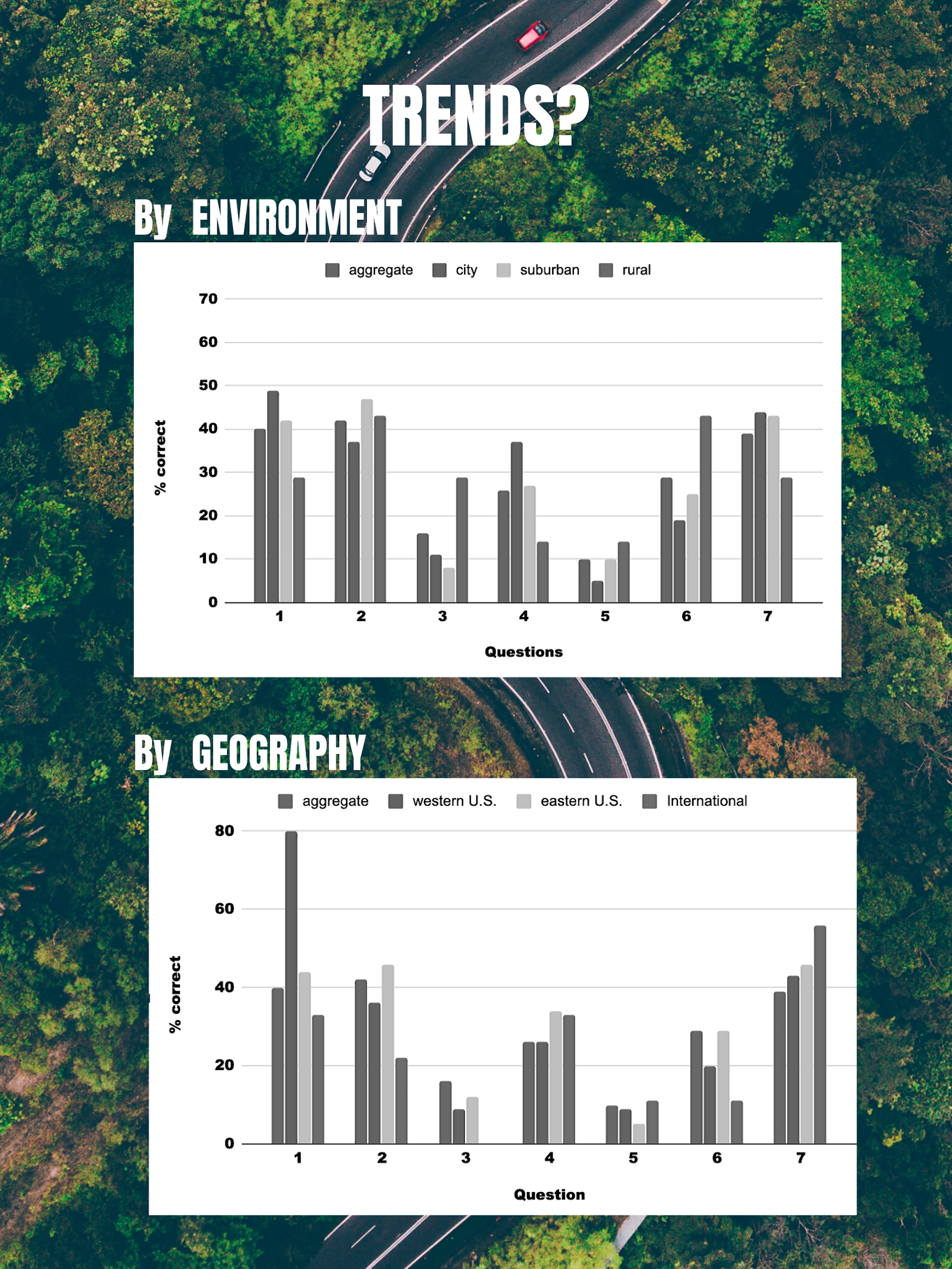

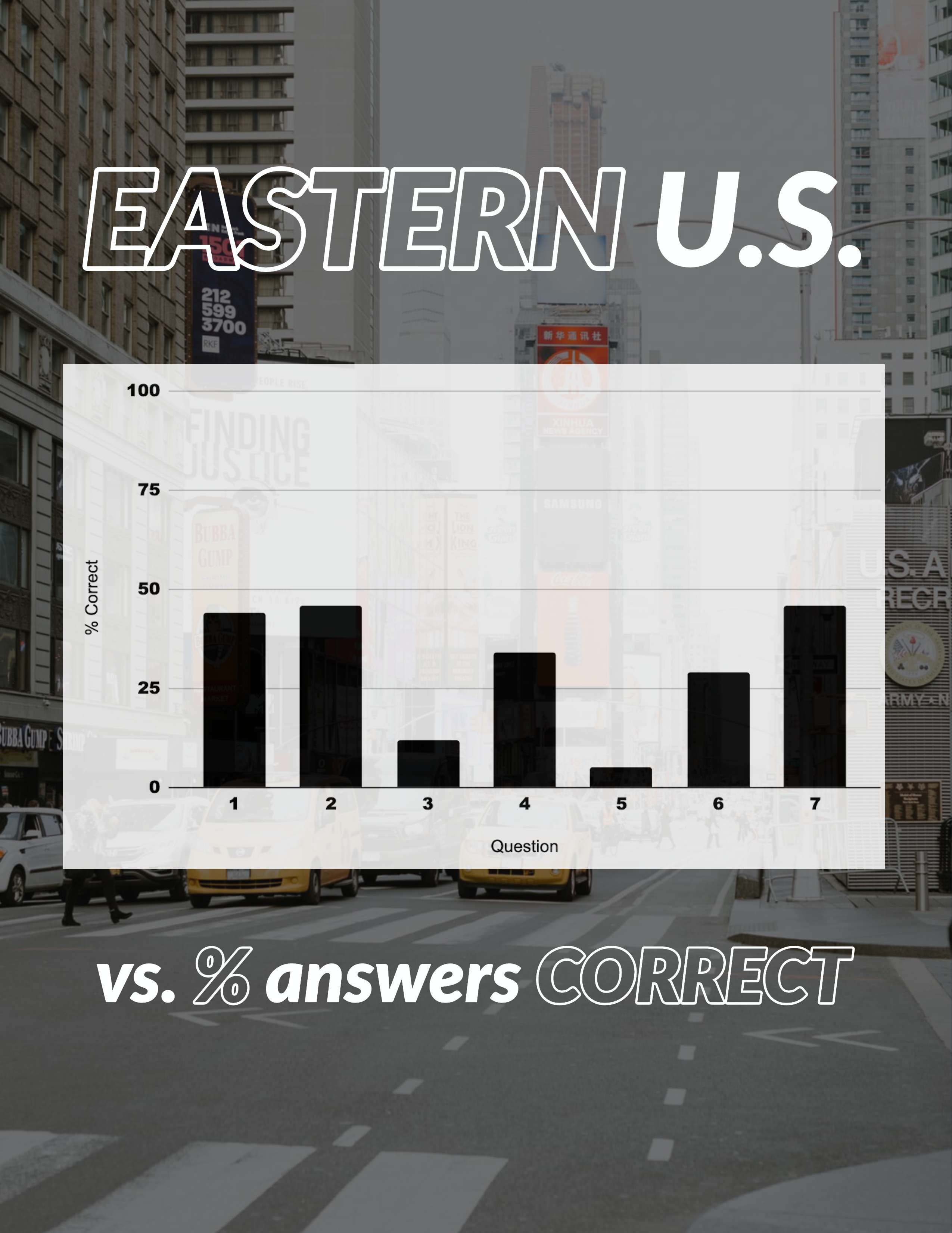
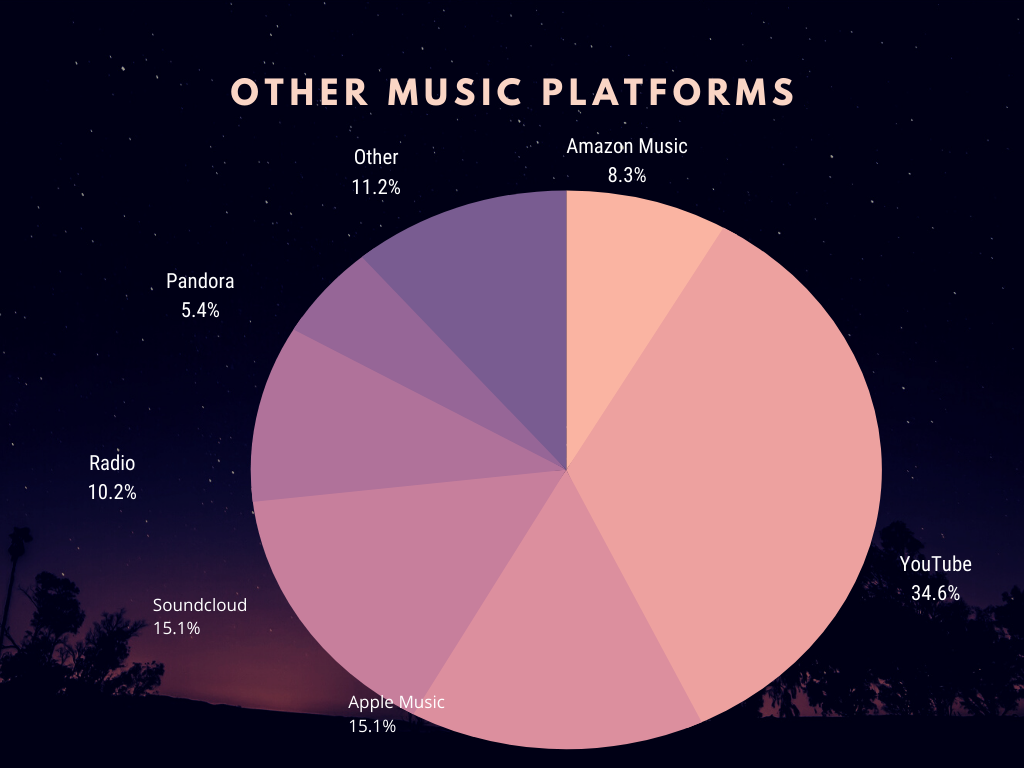
Conclusion
In conclusion, we have decided to center our research around our two topics of utmost interest: “music as a social activity” and “data mining: algorithms and how it affects culture”. In analyzing our data, we found that there was little to no correlation between environment/geography/age and Spotify knowledge. Furthermore, we found that the majority of our sample (regardless of environment/geography/age) used Spotify and are satisfied. We distinguished these findings as a clear indication of Spotify’s powerful reach — a global reach that transcends location and age. Because of the latter, we are excited to dig beneath the surface-level statistics and focus on questions of how Spotify has transformed the simple act of listening to music. From our survey results, we found that people prefer visuals (i.e., images and diagrams) over text and short videos that may otherwise require more time and attention. Accordingly, we will primarily deliver our information via aesthetically stimulating visuals.